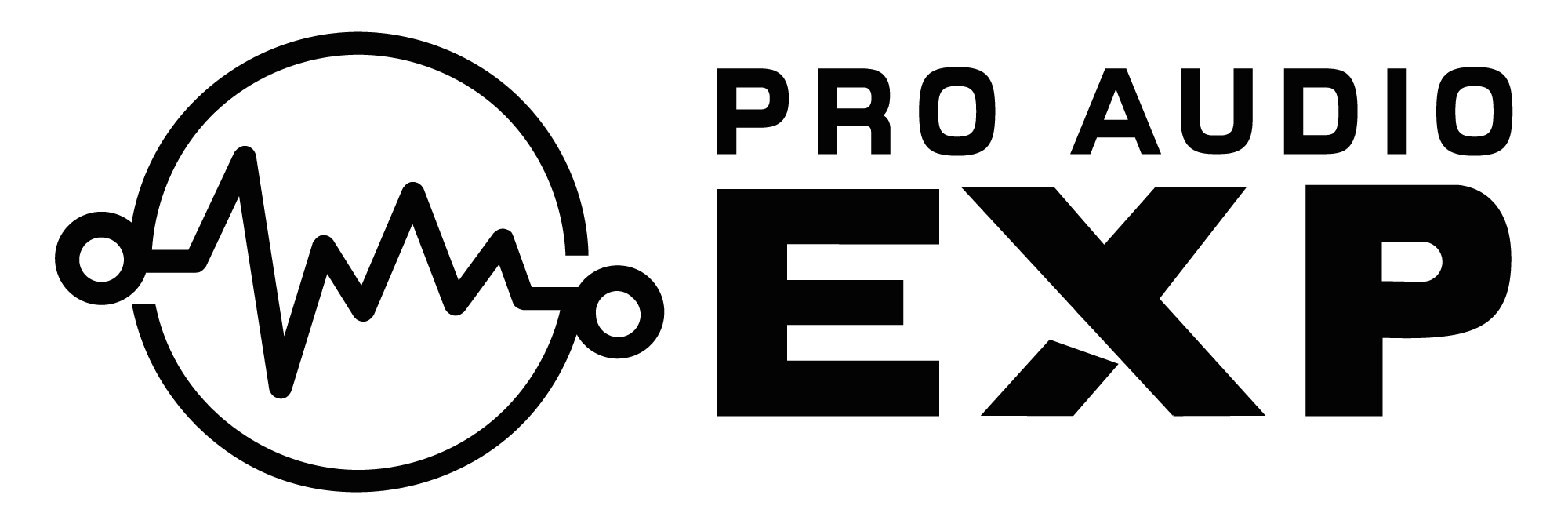There are many complicated aspects of putting up a home studio. However, soundproofing is singled out as the most technical one among the rest. To capture perfect live sound for the purpose of creating a flawless record, a room must be acoustically designed and prepped up.

Soundproofing is an easy thing to deal with if you have lots of room space and money (30 grand or more). There are many professional service providers that can work in your home studio while you sit back and relax. Realistically, this isn’t possible for those who are just new to the industry or those who are building a home recording studio as a hobby.
It isn’t possible to compress all the tutorials about soundproofing on this 400-word article but a few essential tips could be presented so that even newbies will be put on the right track. The music industry is full of experts when it comes to acoustic designs in professional and home studios. They would surely agree on information that will be pointed out here.
Let’s get started with the basic principle of soundproofing. The main goal here is to prevent sound from getting in and out of the recording room. Sound can be transmitted through solid objects and the main solution here is to “encase” a room into the existing room. The following tips could be applied when it comes to this matter.
- Build a wall against an existing wall. The space between the walls could be packed with rock wool and other shock absorbing materials.
- Keep windows and doors to a minimum. If possible, the room to be chosen as a home studio shouldn’t have a window at all. If there are windows, doubling the layer of glass will be ideal. However, the double-glazed glass should be preferred. Doors should be made of acoustic material and the same “sandwich” design as the wall should be used on it for perfect soundproofing effect.
- The actual audio recording area should be kept separate from the studio. This will preserve the soundproofing design of the home studio.
- Every inch of the room should be sound proofed. If this cannot be done, then money is just being wasted on the whole project.
- The power source of the studio should not be tapped into the main power supply of the house. This will compromise the sound produced by the equipment and creates a risk for data loss in case of power outage.
- Equipment such as drums, speakers, and keyboard units should have minimal surface contact with the walls or floors.
- Good ventilation plans should be indicated on the design of the studio too. Heat affects the soundproofing quality of a room to a significant extent.
The soundproofing tips presented above may seem too basic. However, these and some common sense could go a long way when it comes to achieving perfectly created records.


0 Comments
There are not comments yet. Be the first one to post one!